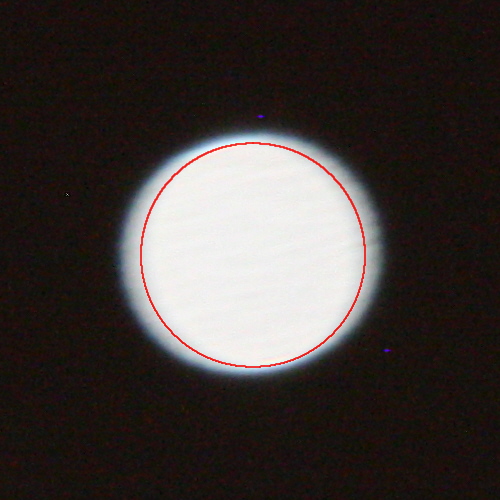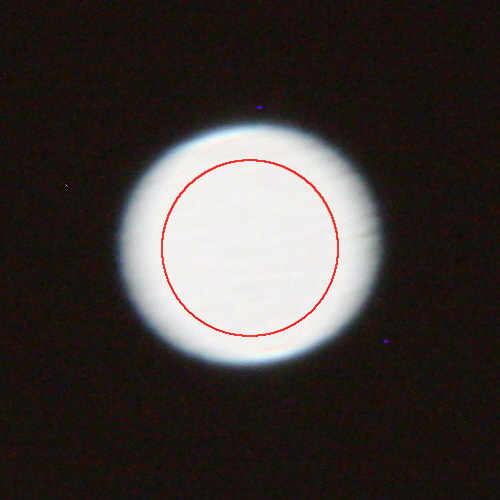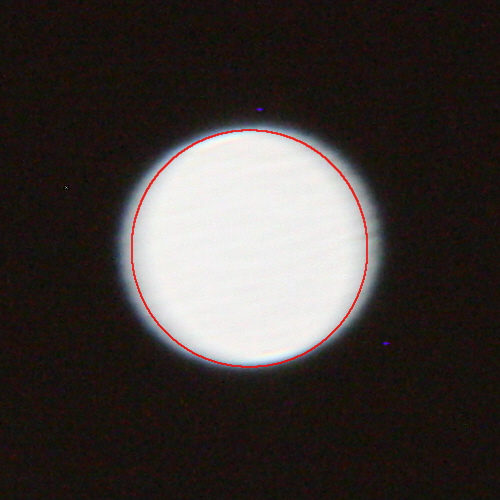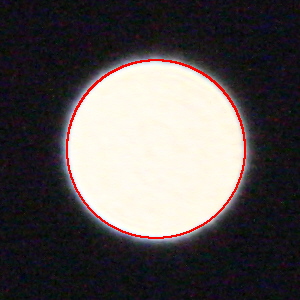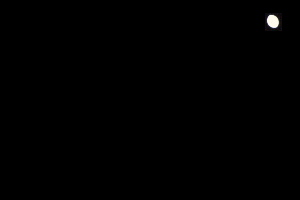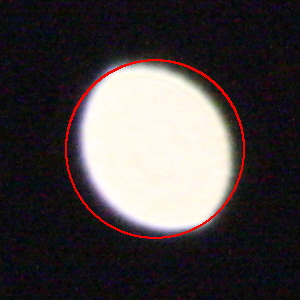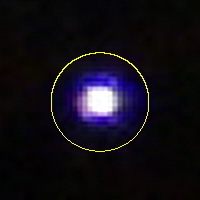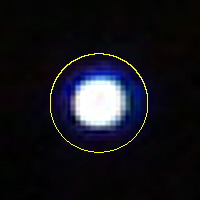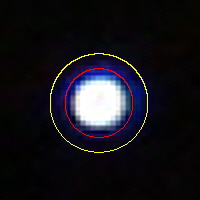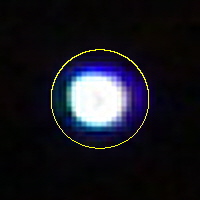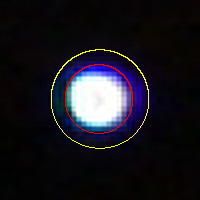Doug Kerr
Well-known member
On the table is the following question:
And we recognize that, if the aperture stop is substantially non-circular in outline, the nominal boundary of the blur figure may be substantially non-circular, so of course the concept of "diameter" must be taken in a creative way. (The very same is in fact true with regard to the f-number of a lens: a lens with a substantially-non-circular entrance pupil does not really have an f-number!)
But despite all that, does the result of the basic equation nevertheless typically give a useful approximation of the "diameter" of the blur figure in a substantially out-of-focus case?
For example, in this image:

William Brawley: Christmas Bokeh. Courtesy Wikimedia Commons
If the sizes of the subject lights (as projected on this image) were very small compared to the sizes of the blur figures (so that the "point source" conceit is reasonably applicable), then if we make some reasonable interpretation of what a circular boundary is for each of the blur figures, are their diameters "reasonably consistent" with what is predicted by the basic blur figure equation?
I have (perhaps inappropriately) always thought that to be true. But I may be gravely in error.
Does anyone have any information that would enlighten me on the realities here?
Thanks.
Best regards,
Doug
Does the basic (geometric) equation for the diameter of the blur figure created from an out-of-focus point object give a useful approximation of that diameter for a substantial out-of-focus situation for real lenses?
We recognize that for an actual lens, many matters (including various aberrations) will result in a luminance profile across the blur figure that is not the "classical" one (uniform luminance across a disk with a sharp boundary). Thus, the concept of the boundary must often be taken in a creative way.And we recognize that, if the aperture stop is substantially non-circular in outline, the nominal boundary of the blur figure may be substantially non-circular, so of course the concept of "diameter" must be taken in a creative way. (The very same is in fact true with regard to the f-number of a lens: a lens with a substantially-non-circular entrance pupil does not really have an f-number!)
But despite all that, does the result of the basic equation nevertheless typically give a useful approximation of the "diameter" of the blur figure in a substantially out-of-focus case?
For example, in this image:

William Brawley: Christmas Bokeh. Courtesy Wikimedia Commons
If the sizes of the subject lights (as projected on this image) were very small compared to the sizes of the blur figures (so that the "point source" conceit is reasonably applicable), then if we make some reasonable interpretation of what a circular boundary is for each of the blur figures, are their diameters "reasonably consistent" with what is predicted by the basic blur figure equation?
I have (perhaps inappropriately) always thought that to be true. But I may be gravely in error.
Does anyone have any information that would enlighten me on the realities here?
Thanks.
Best regards,
Doug


